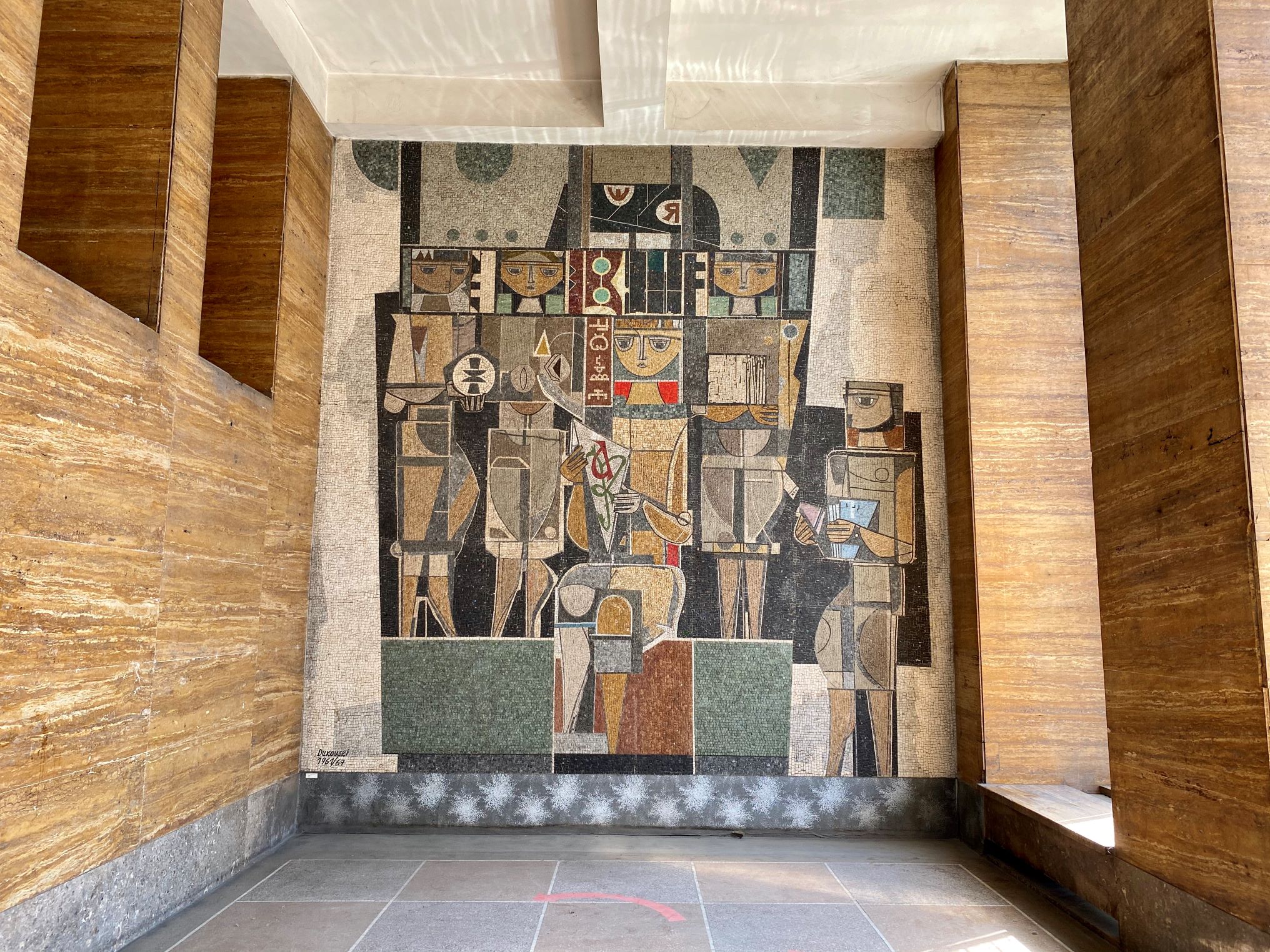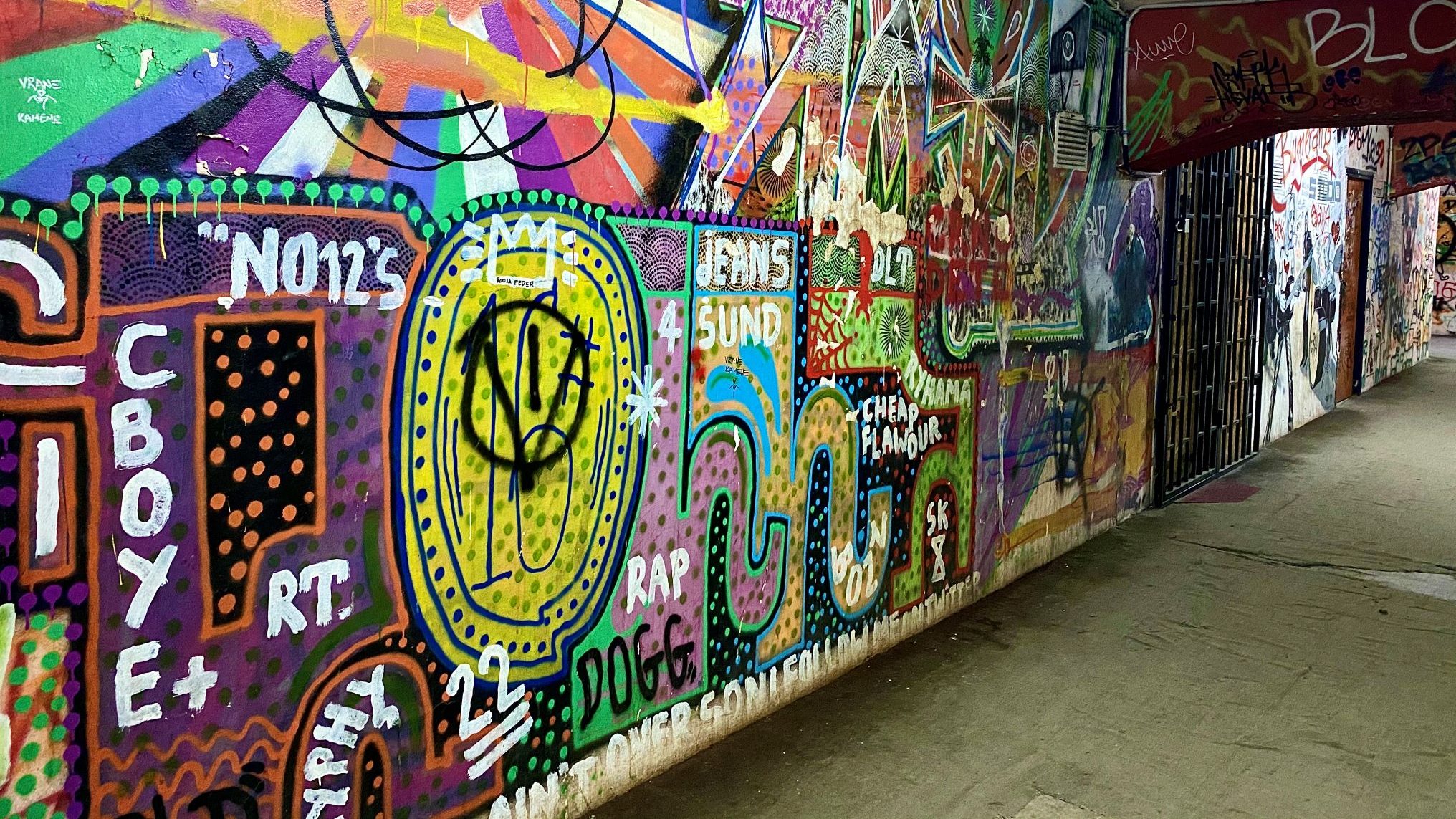WHERE IS IT?
The BIGZ building is located at Bulevar vojvode Mišića 17.
THE HISTORY
The first State Printing House was officially founded by Prince Miloš Obrenović back in 1831. The State Printing House was located in a building on Kosančićev venac in Pop Lukina Street.
The new building of the State Printing House was erected in 1940 in the style of the prevailing interwar modernism. The architect was Dragiša Brašovan, who, due to the realization of this project, went on a study trip to Germany to better acquaint himself with industrial facility projects. Functionality of the space was particularly important, so Brašovan designed an extremely modern and practical industrial space. When it was built, it was the fourth-largest printing house in Europe and the tallest building in Yugoslavia, standing at a height of 64 meters.
According to the plan, the BIGZ building was supposed to be located where Kalenić Market is today. However, in 1934, a decision was made to change the location of the printing house, and the building was constructed in the industrial zone in today's Bulevar vojvode Mišića. After the war, in 1946, the State Printing House, in line with the changed political orientation of the FNRJ, changed its name to Jugoštampa. The building's space was also used by other publishing companies. Soon, the Belgrade Graphic Institute was formed in 1955. In the early 1980s, the Institute expanded its activities to the publishing field and changed its name to the Belgrade Publishing Graphic Institute (BIGZ).
During the 1980s, the "Official Gazette" building was added next to the existing structure, connected to the BIGZ building by glass walkways on the second and fourth floors.
In 1992, the building was declared a cultural monument.
During the 1990s, amid the privatization of state-owned companies, the building transitioned to private ownership, leasing out its spaces. The building housed various spaces occupied by not only private companies but also various alternative artists and artistic groups.
With the sale of the building to a private company in 2020, a new chapter in the history of this building began. Extensive reconstruction commenced, and alternative artists lost their space.
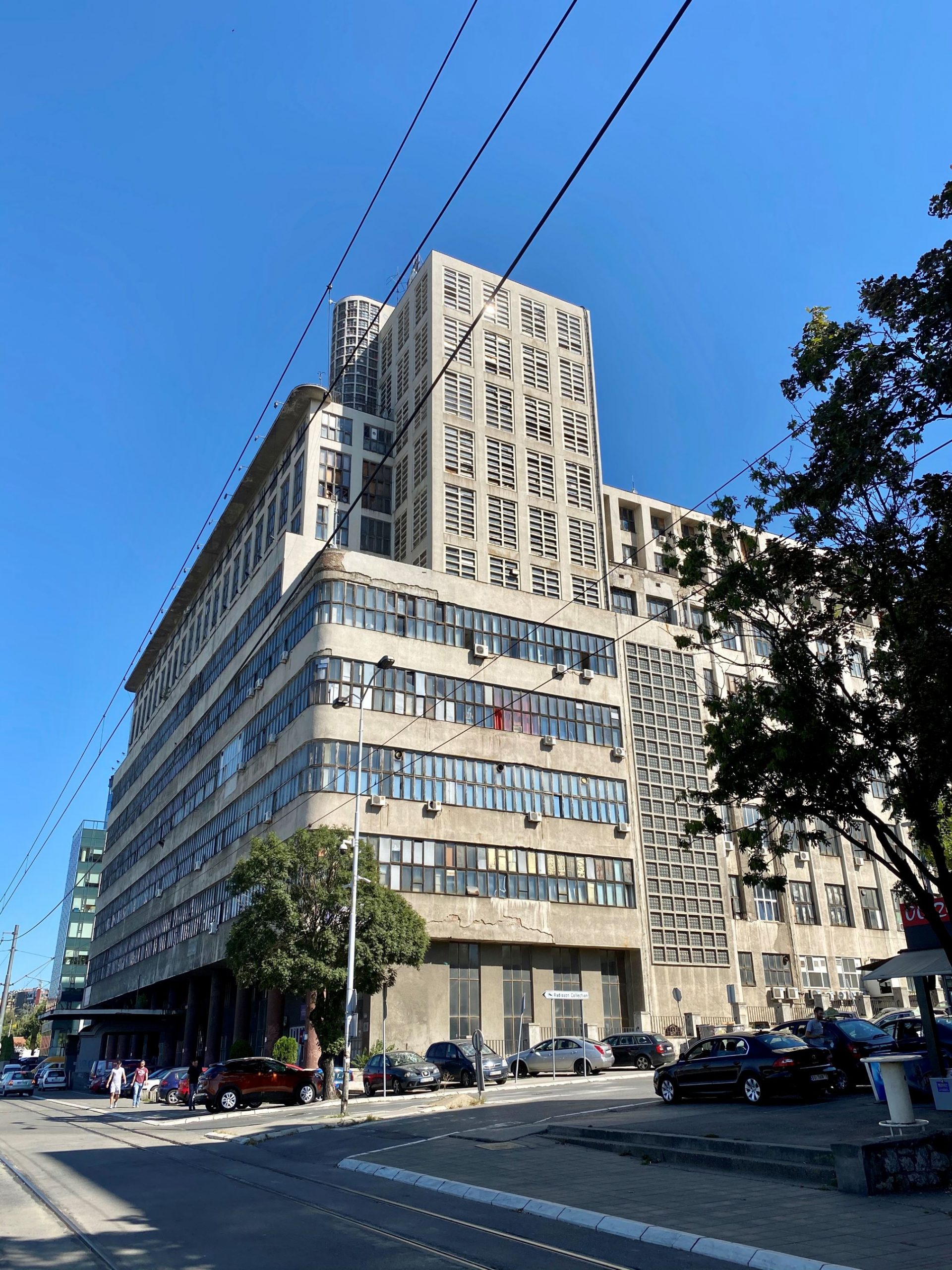
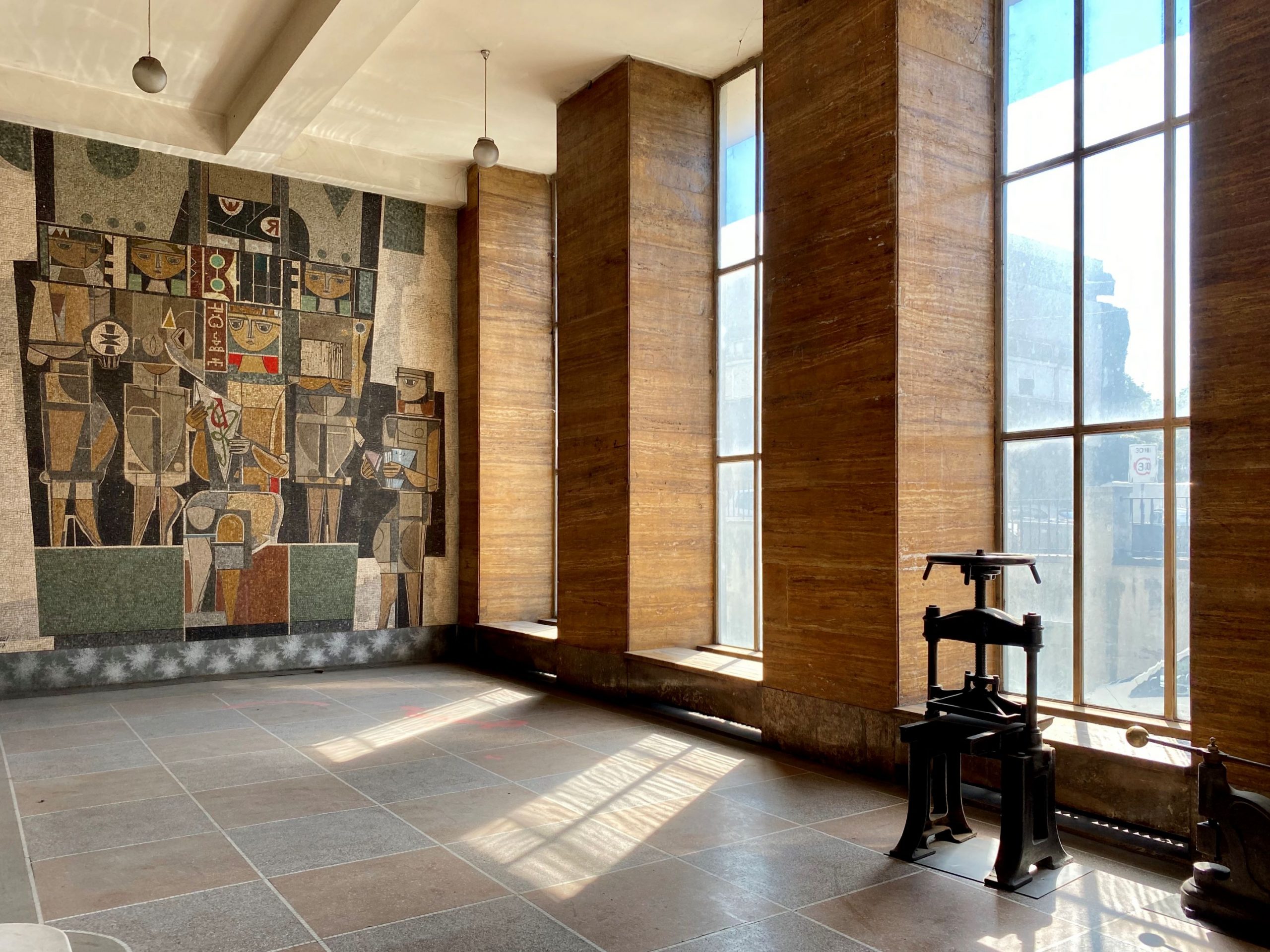
DESIGN
The building occupies an area of 36,000.00 square meters, making it the largest printing house on the Balkans at the time of its construction. The structure is placed on a reinforced concrete slab over 1 meter thick, supporting twelve floors above ground and two below ground. The building's footprint is in the shape of the Cyrillic letter "P," reminiscent of an old printing press. Horizontal windows evoke printing tapes as a dominant motif.
The main entrance is located on the main facade, serving as the entrance to the former working space, while the administrative entrance faces Koste Glavinića Street.
In the entrance hallway, there is a mosaic created by the Yugoslav artist of Macedonian origin, Slave Dukovski, between 1961 and 1967. The mosaic depicts stylized human figures alongside motifs of literacy, including books and various types of letters from the historical scripts of the former Yugoslavia.
The renovation of the building began in 2022 with the replacement of the facade, interior, and the beautification of the courtyard. The available project envisions completely new high tech design.
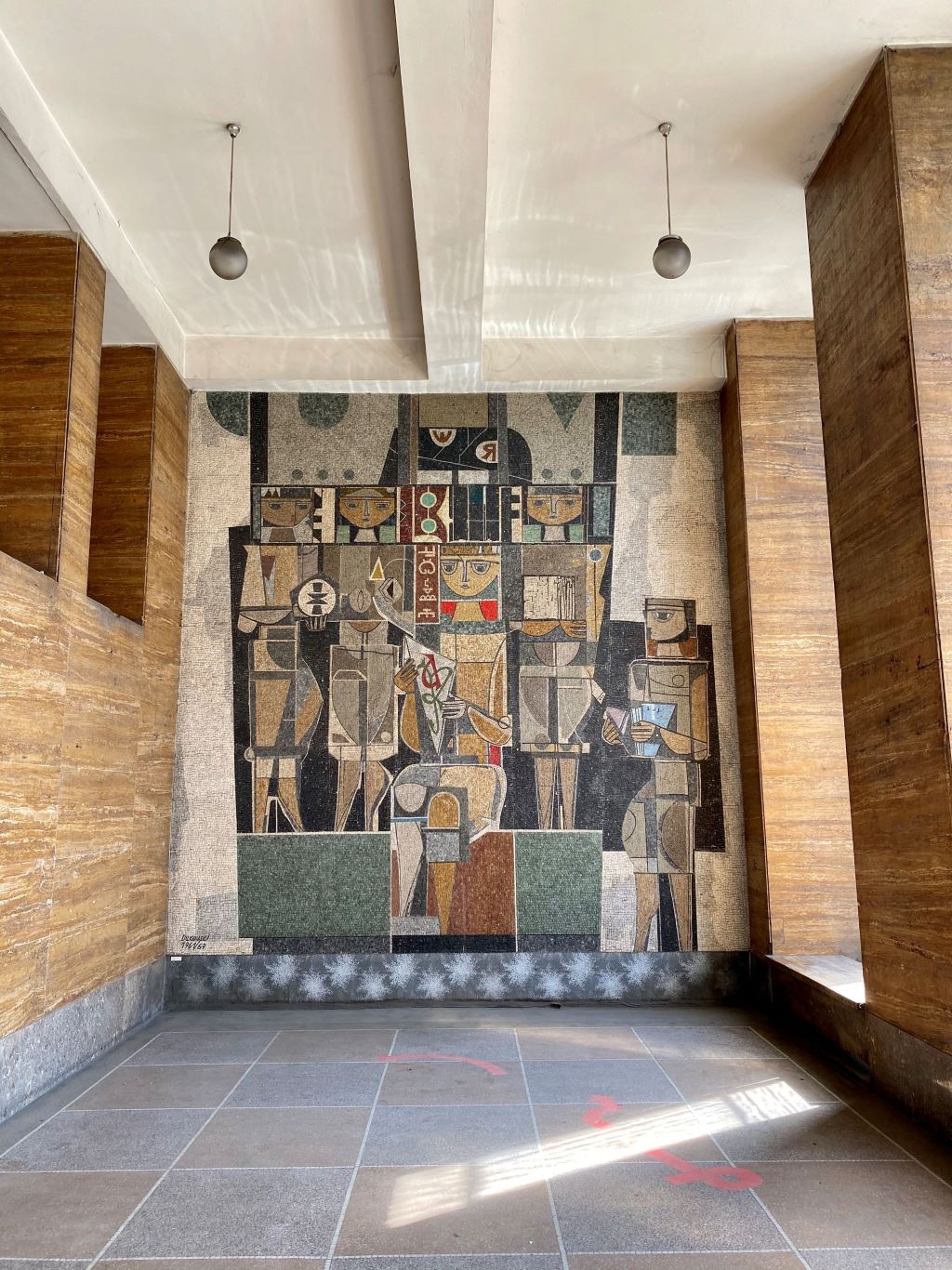

ALTERNATIVE SCENE
In the early 21st century, the BIGZ building became a significant gathering place for the emerging Serbian alternative scene. Numerous music bands, including Štrebersi, Repetitor, DžDž, Metak Za Zlikovca, S.A.R.S., and many others, utilized the space within BIGZ. Musicians sharing the space in BIGZ organized themselves into an association they called "Manekeni Bigza," with the goal of coordinating various events, such as Festivalito and Bigz na Povetarcu.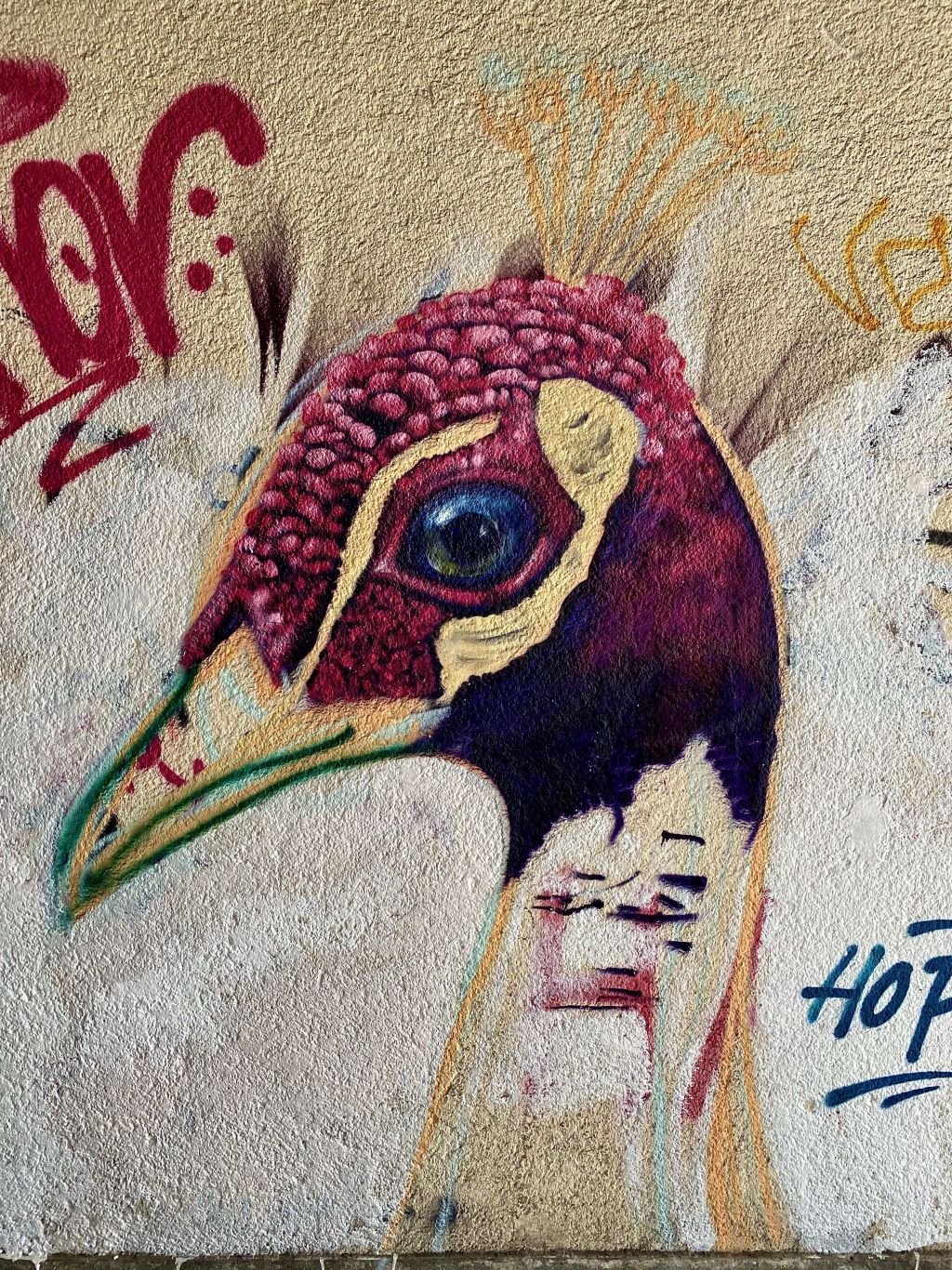 The sixth and seventh floors of BIGZ became an informal nucleus for the alternative art scene. On the 6th floor of BIGZ, there was the space known as "Zmajevo gnezdo" (Dragon's Nest) – a music studio where various concerts were held. On the seventh floor, there was the "Klub Čekaonica" (Waiting Room Club), also a iconic place for various artistic events.
The sixth and seventh floors of BIGZ became an informal nucleus for the alternative art scene. On the 6th floor of BIGZ, there was the space known as "Zmajevo gnezdo" (Dragon's Nest) – a music studio where various concerts were held. On the seventh floor, there was the "Klub Čekaonica" (Waiting Room Club), also a iconic place for various artistic events.
On the sixth floor of the building, there was a space used for a time by the contemporary circus troupe "Cirkusfera," where they practiced aerial acrobatics, juggling, and performed shows and performances.
In addition to these groups, numerous artists had their studios there, and the hallways served as an informal exhibition space for graffiti art.
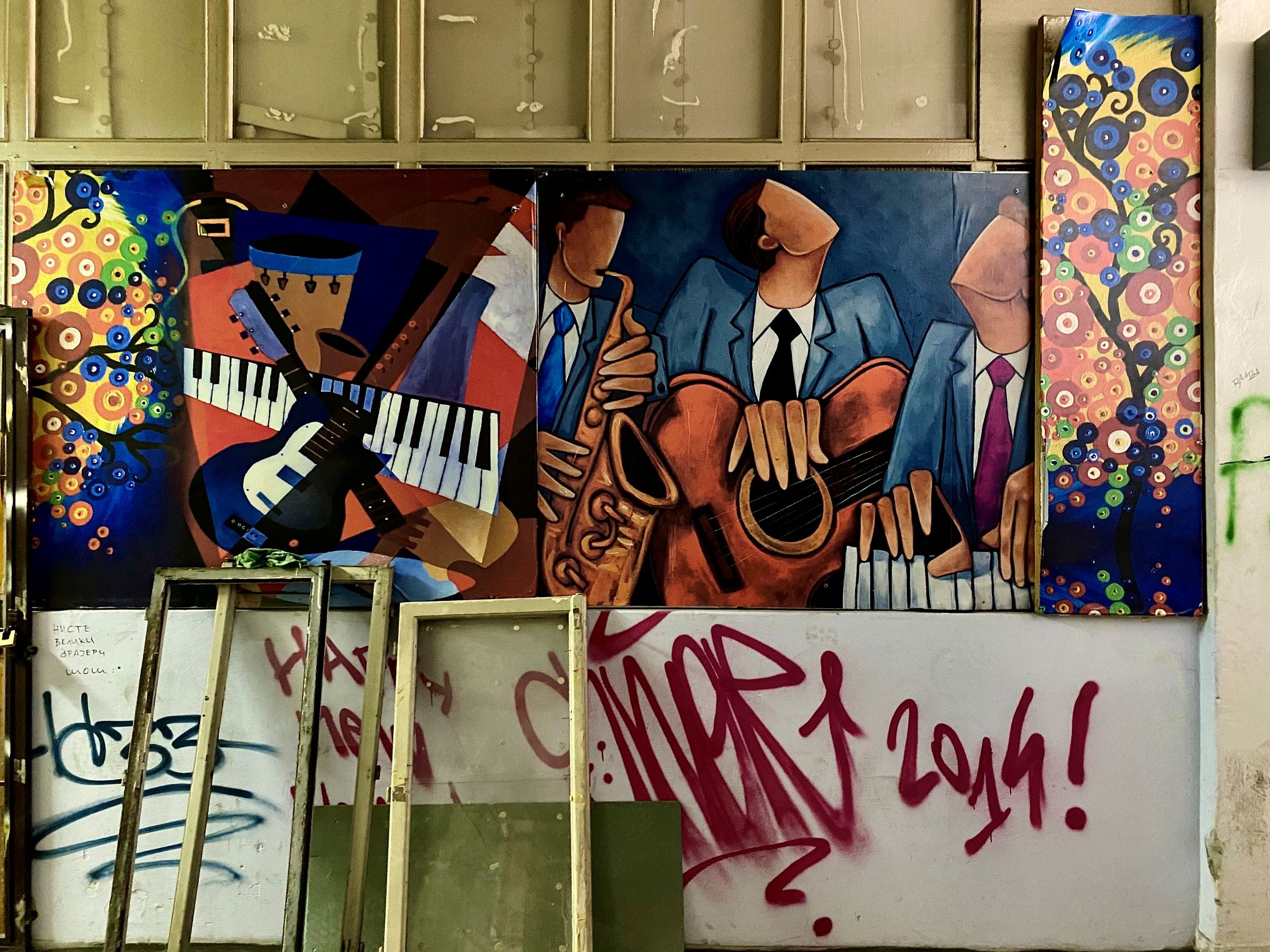
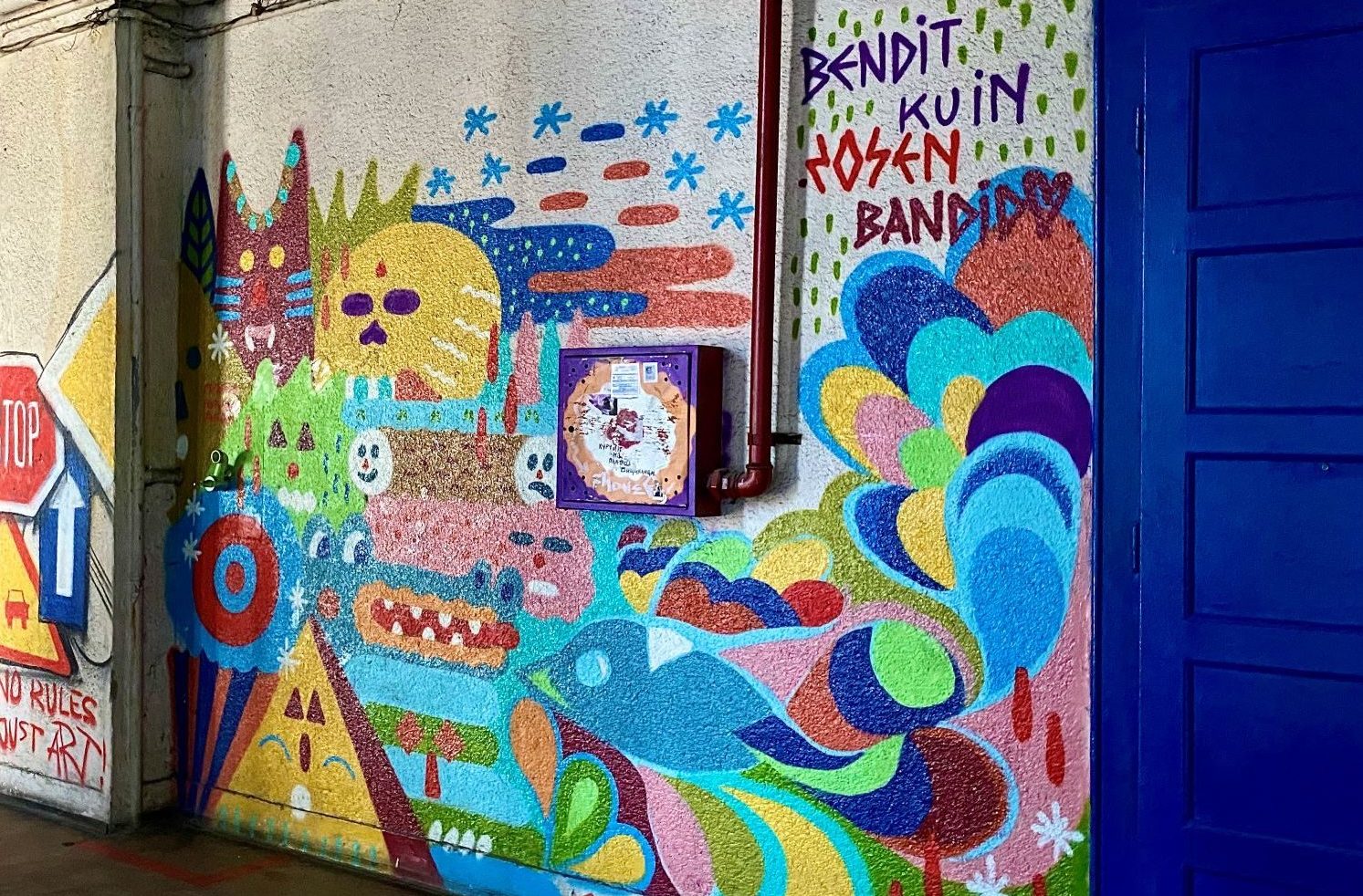
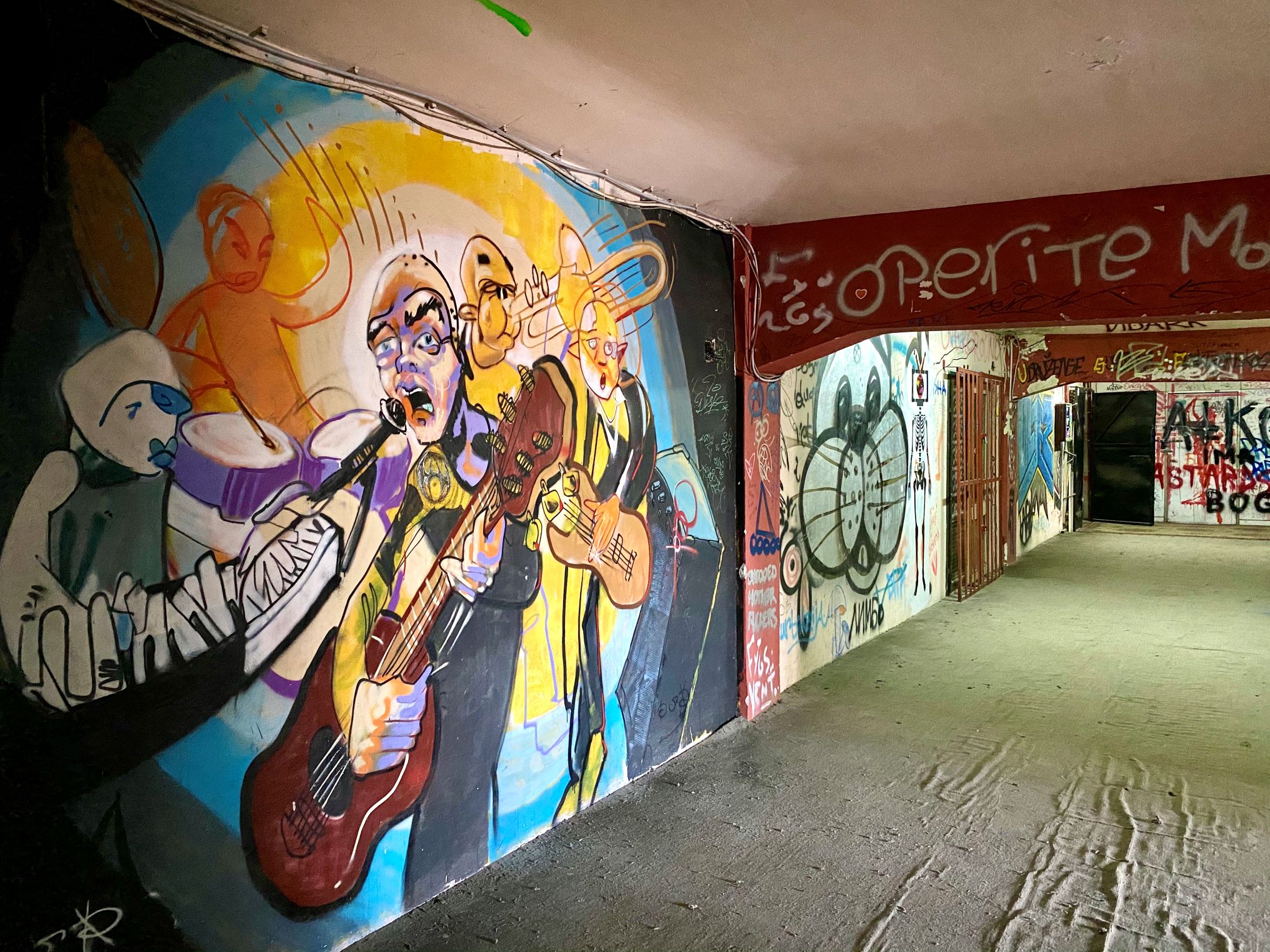
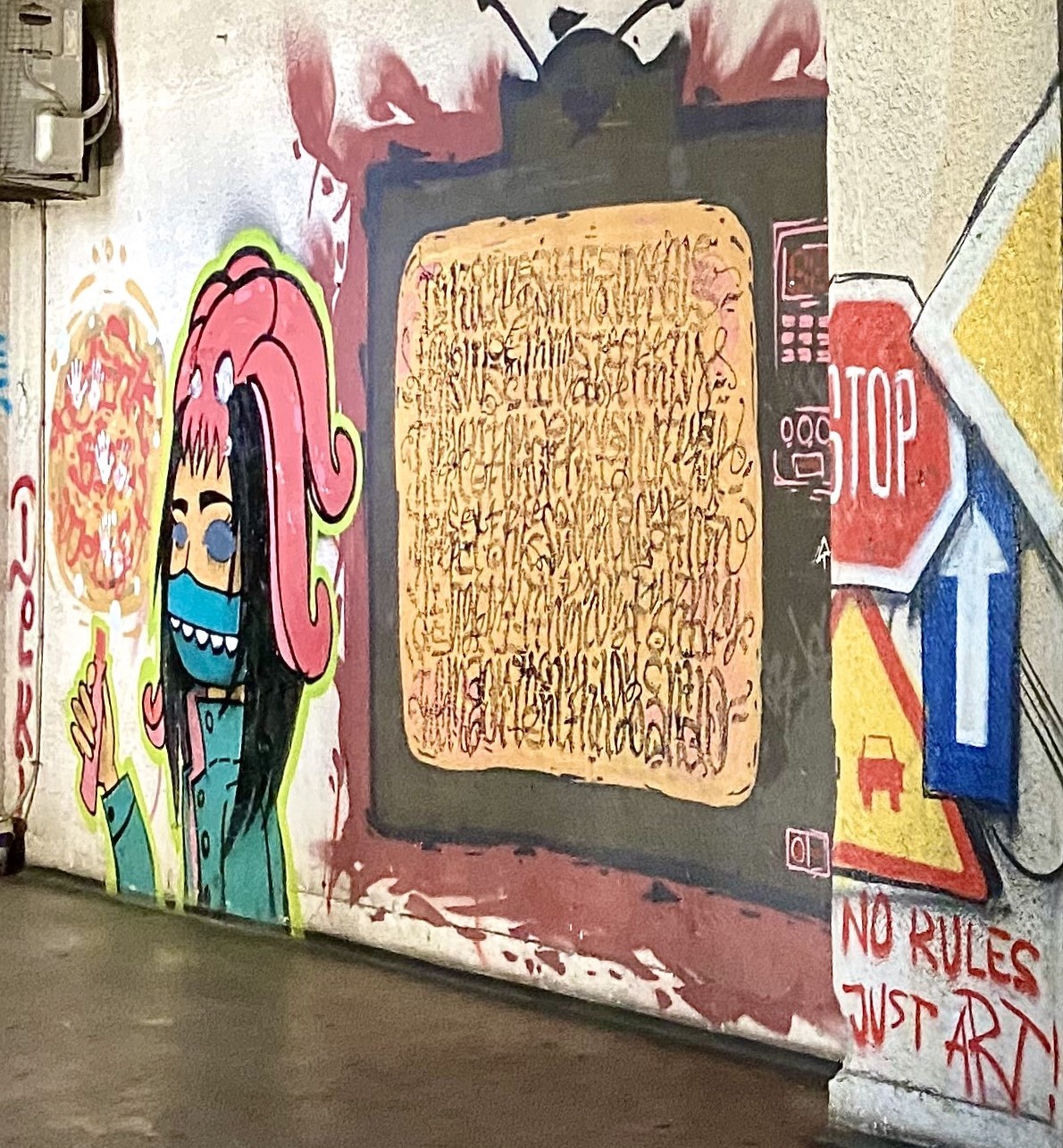
Pripremile: Jovana Dimitrijević i Sofija Jovanović

